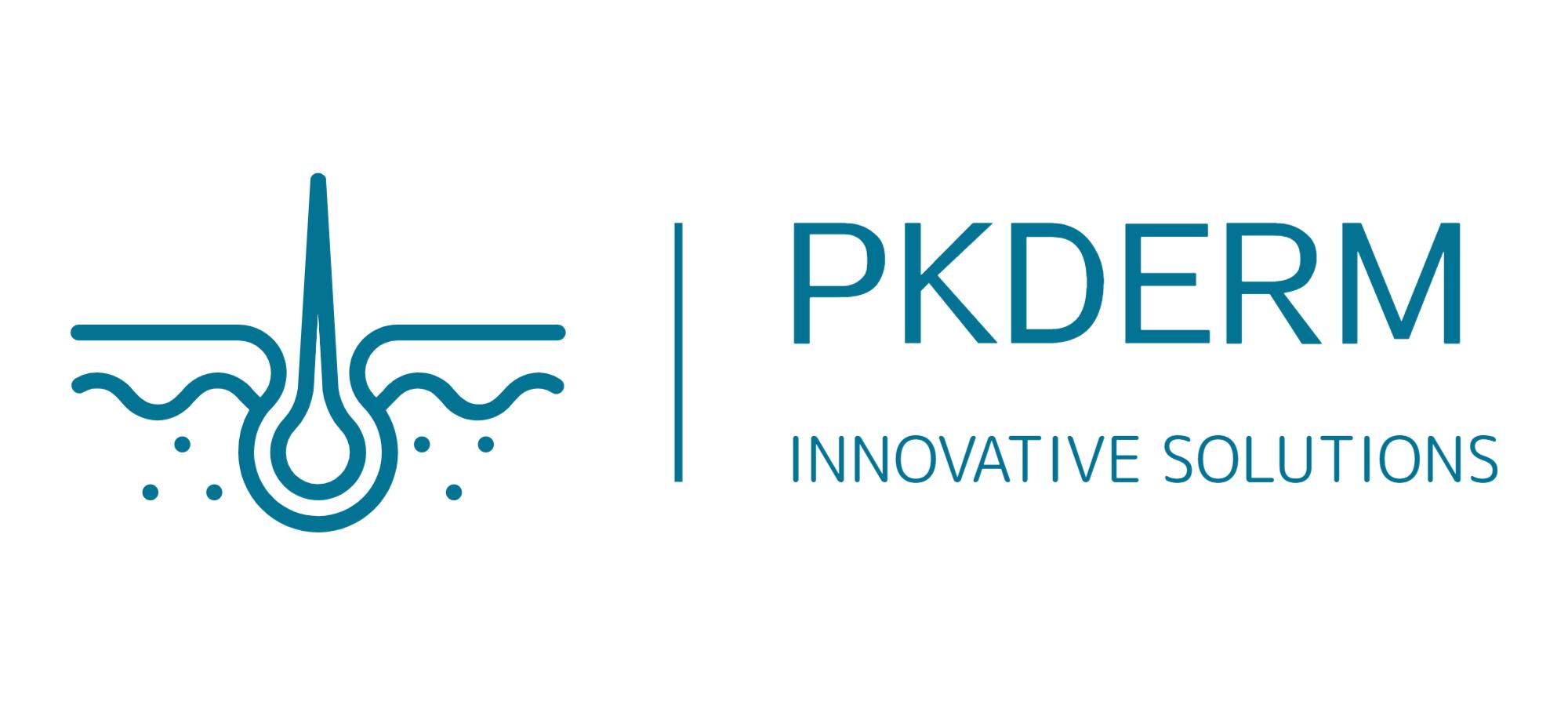OpenTox Virtual Conference 2021 Session 4
EURL ECVAM Genotoxicity and Carcinogenicity Database of Substances Eliciting Positive and Negative Results in the Ames Test
Federica Madia1, David Asturiol1, David Kirkland2, Errol Zeiger3, Takeshi Morita4, Paul White5, Raffaella Corvi1
1European Commission Joint Research Centre, Ispra, Italy; 2Kirkland Consulting, Tadcaster, UK; 3KingdombErrol Zeiger Consulting, 800 Indian Springs Road, Chapel Hill, NC 27514, USA;4Chemical Management Center, National Institute of Technology and Evaluation (NITE), Nishihara, Shibuya-ku, Tokyo, Japan; 5Environmental Health Science and Research Bureau, Health Canada, Ottawa, CA
The bacterial reverse mutation test (Ames test) is the most commonly used genotoxicity test; it is a primary component of the chemical safety assessment data required by regulatory agencies worldwide. Within the current accepted in vitro genotoxicity test battery, it is considered capable of revealing DNA reactivity, and identifying substances that can produce gene mutations via different mechanisms. Evaluating the predictivity of the Ames test for in vivo genotoxicity and carcinogenicity, when considered alone or in association with mammalian cell assays for chromosome damage and/or gene mutations, is an important endeavour. A consolidated EURL ECVAM Genotoxicity and Carcinogenicity Database, which includes substances that elicited a positive response in the Ames test in >700 substances was initially published and constitutes to date a collection of data that serves as a reference for a number of regulatory activities in the area of genotoxicity testing. Consequently, we considered it important to update the database to include additional substances and data. This update is under finalisation. We also considered it critical to expand the database to include substances that fail to elicit a positive response in the Ames test, i.e., Ames negative substances. A curated collection of 211 Ames negative substances was, therefore put together. The databases include a summary of complementary data available for other genotoxicity endpoints in vitro and in vivo, plus available carcinogenicity data. Together with the description of the databases a descriptive analysis of the data will also be presented. This also includes a representation of the chemical space formed by the Ames negative database with respect to other substances (e.g. REACH registered substances, approved drugs, pesticides, etc.) and a description of the organic functional groups found in the database.
CV: Federica Madia is a scientific officer at the European Commission’s Joint Research Centre (JRC) in Italy. She works in the group on Chemical Safety and Alternative Methods, where she contributes to the activities aimed to the development of novel approaches to testing human systemic toxicity, i.e., genotoxicity and carcinogenicity. Before joining the EC, she was scientist at the USC Davis School of Gerontology, University of Southern California (US) working on biology of cancer and age-related genomic instability, identifying the molecular pathways conserved from simple organisms to humans that can be modulated to protect against multiple stresses and treat or prevent cancer, and other age-related diseases. She worked at the School of Pharmacy of University of Rome (Italy) on various research projects in the area of human toxicology and pharmacology and had also experiences in the pharmaceuticals private sector and as toxicology study director at CRO. Federica holds a MS in Biology, a PhD in Pharmacology and Toxicology and Post-grad Certificate in Ecotoxicology (University of Rome Sapienza, Italy).


